|
ID |
Nickname |
Country / City |
Languages |
Taxonomies |
Comment |
Project / Group |
Map |
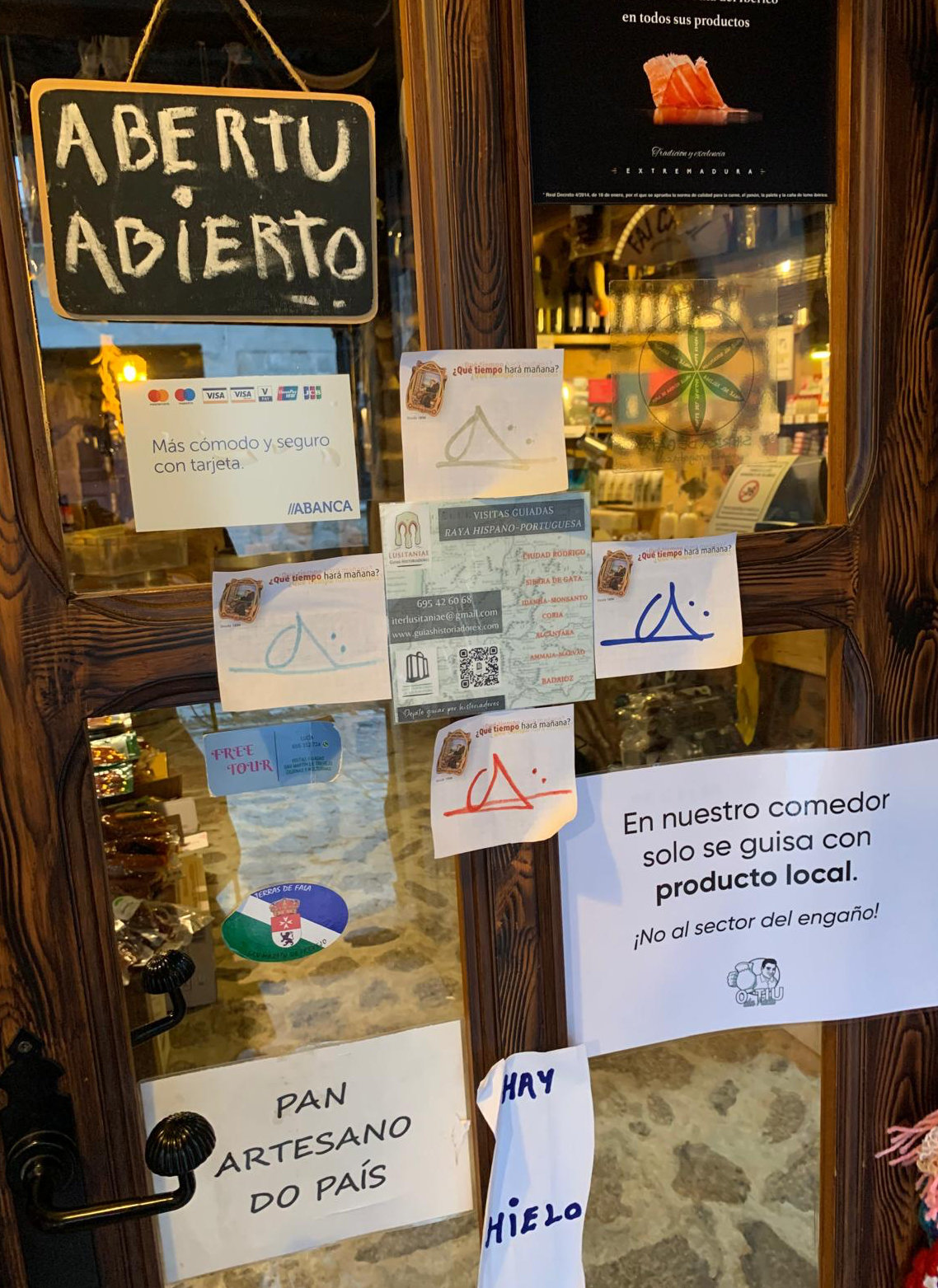
|
135840
|
Laura_Pizarro_Jacinto
|
Spain
San Martín de Trevejo
|
|
|
PALRA | Documenting Living Languages in Western Iberia
SM | San Martín de Trevejo Corpus ID : 098 -155840
|
PALRA
|
|
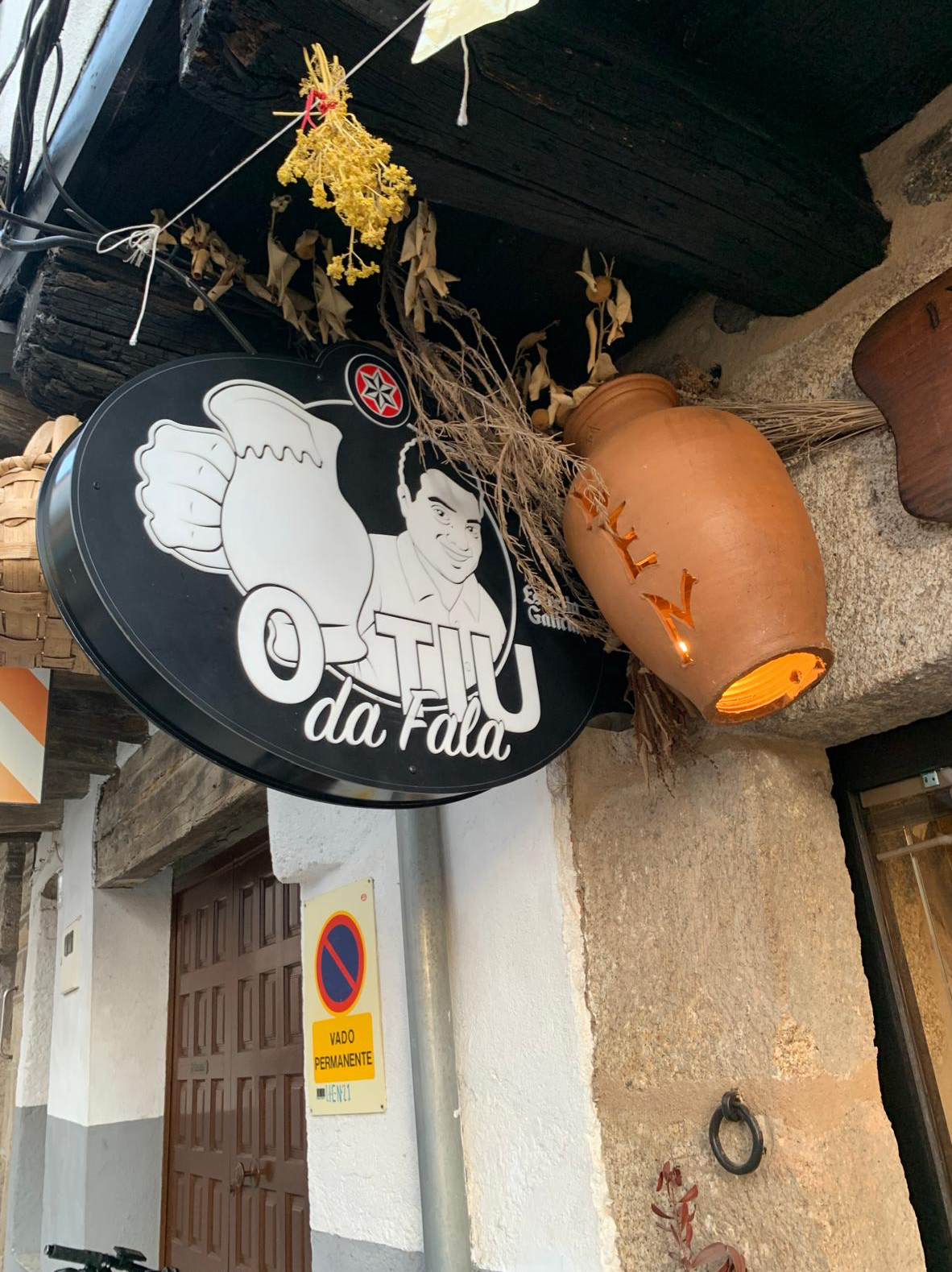
|
135841
|
Laura_Pizarro_Jacinto
|
Spain
San Martín de Trevejo
|
|
|
PALRA | Documenting Living Languages in Western Iberia
SM | San Martín de Trevejo Corpus ID : 099 -155841
|
PALRA
|
|
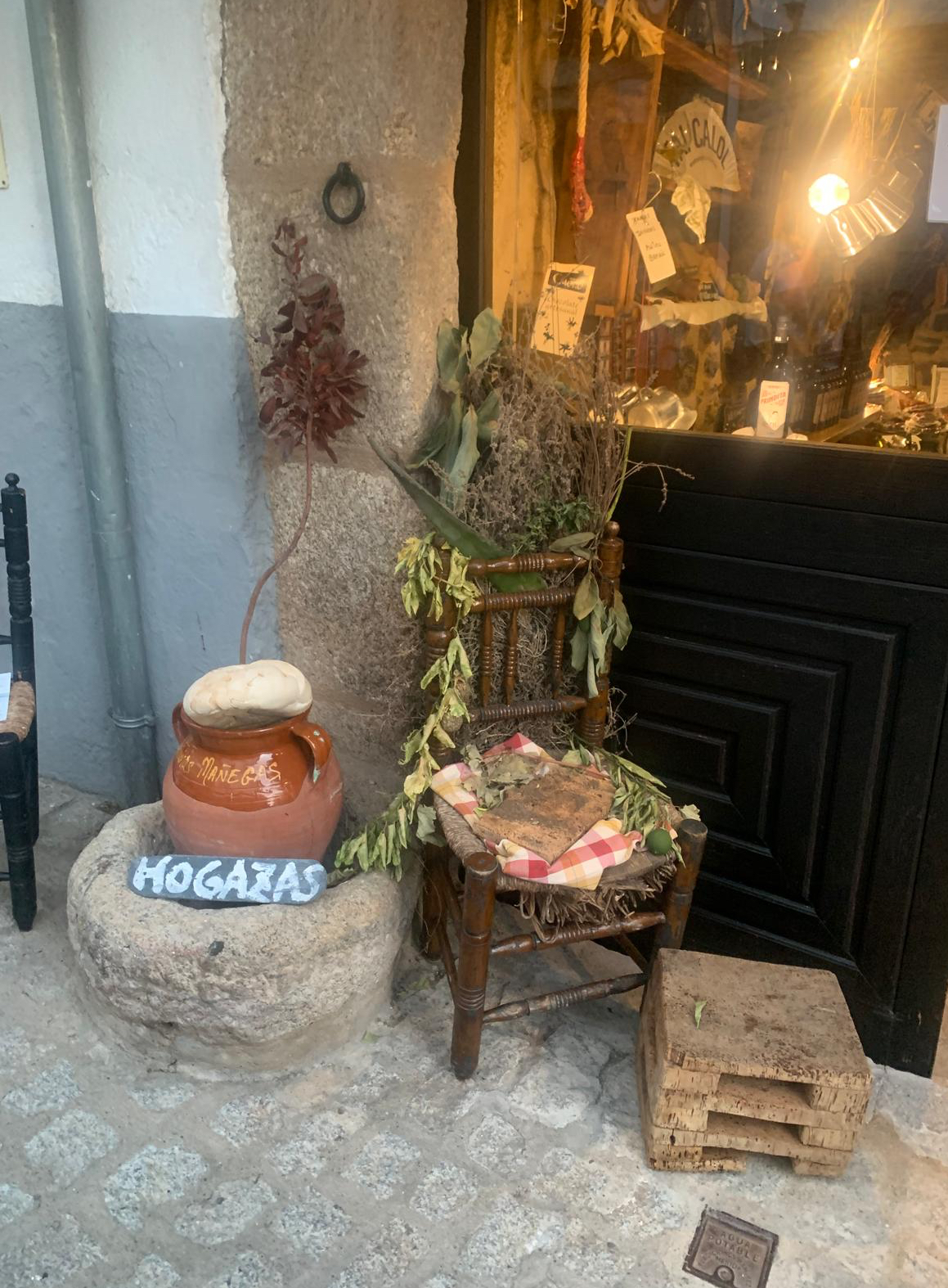
|
135842
|
Laura_Pizarro_Jacinto
|
Spain
San Martín de Trevejo
|
|
|
PALRA | Documenting Living Languages in Western Iberia
SM | San Martín de Trevejo Corpus ID : 100 - 155842
|
PALRA
|
|
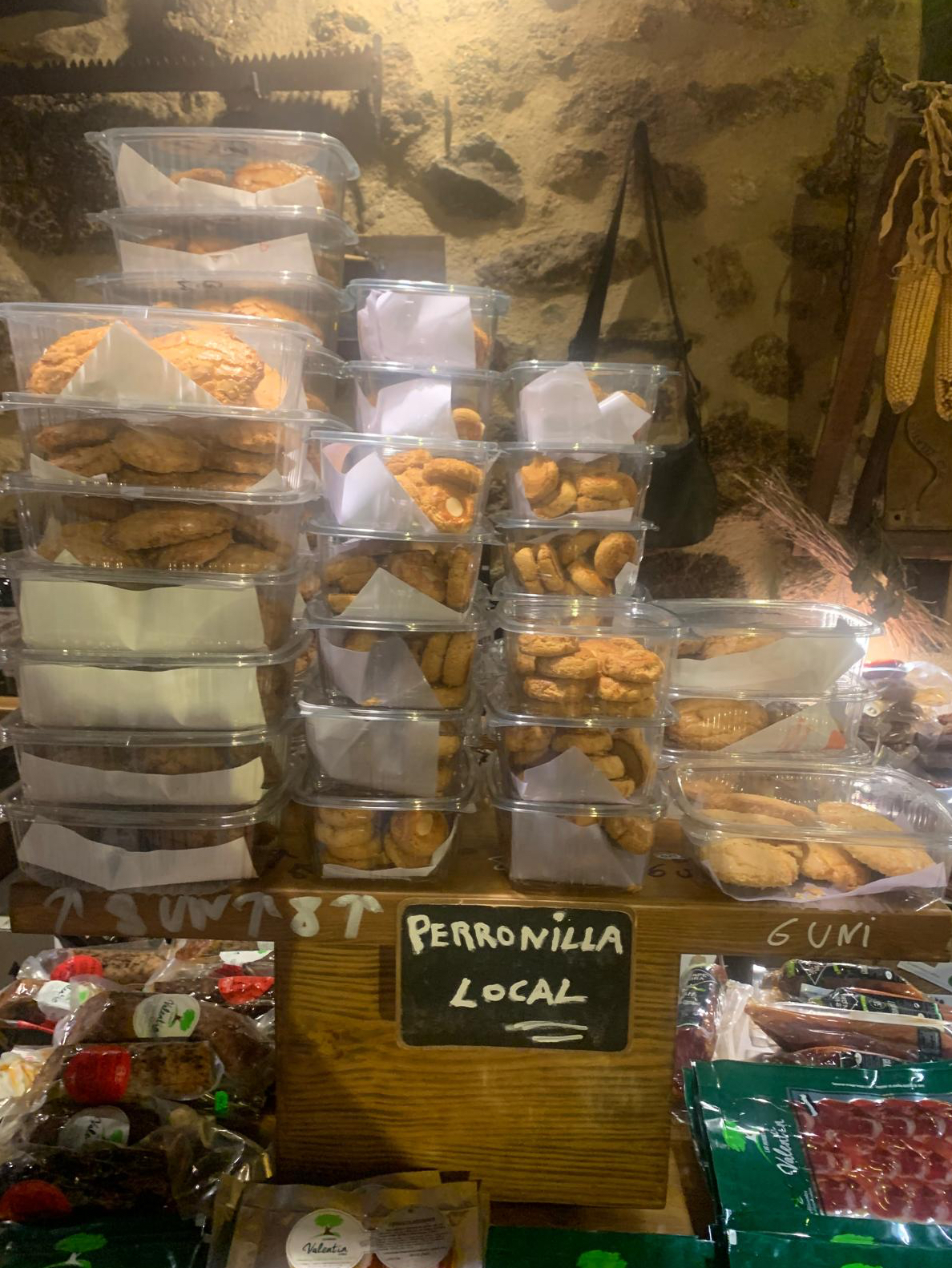
|
135843
|
Laura_Pizarro_Jacinto
|
Spain
San Martín de Trevejo
|
|
|
PALRA | Documenting Living Languages in Western Iberia
SM | San Martín de Trevejo Corpus ID : 101 -155843
|
PALRA
|
|
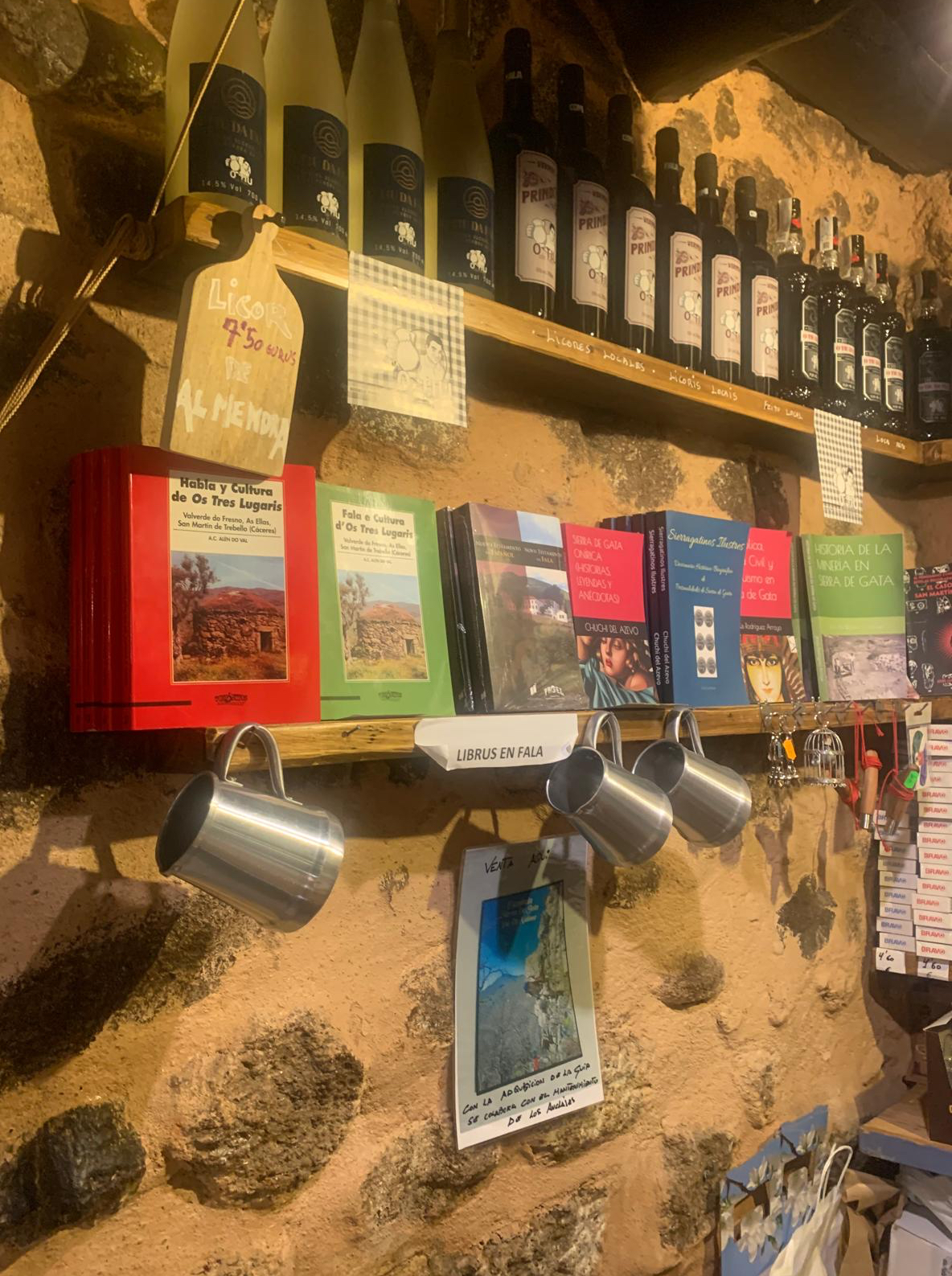
|
135844
|
Laura_Pizarro_Jacinto
|
Spain
San Martín de Trevejo
|
|
|
PALRA | Documenting Living Languages in Western Iberia
SM | San Martín de Trevejo Corpus ID : 102 -155844
|
PALRA
|
|
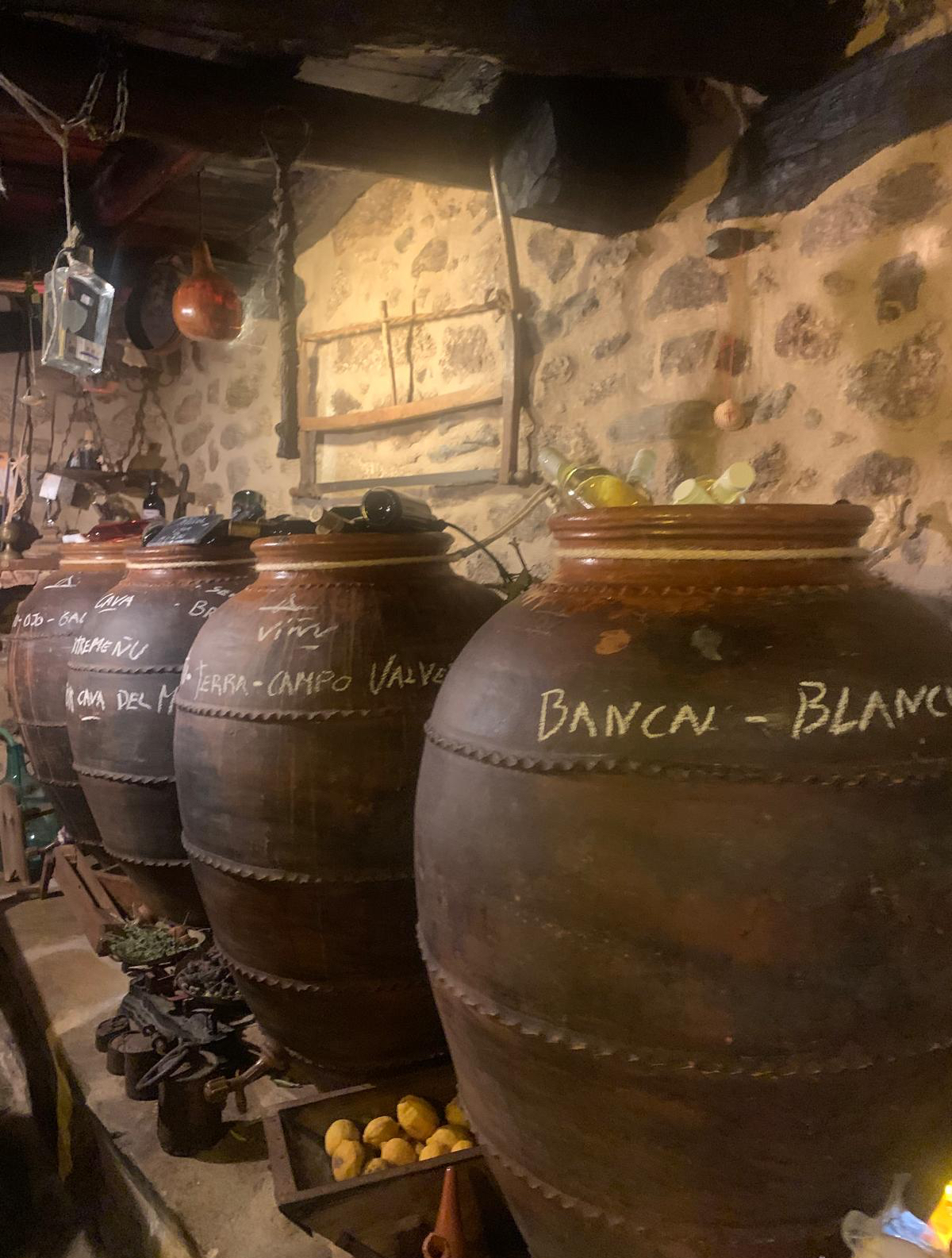
|
135845
|
Laura_Pizarro_Jacinto
|
Spain
San Martín de Trevejo
|
|
|
PALRA | Documenting Living Languages in Western Iberia
SM | San Martín de Trevejo Corpus ID : 103 -155845
|
PALRA
|
|

|
135846
|
Laura_Pizarro_Jacinto
|
Spain
San Martín de Trevejo
|
|
|
PALRA | Documenting Living Languages in Western Iberia
SM | San Martín de Trevejo Corpus ID : 104 -155846
|
PALRA
|
|
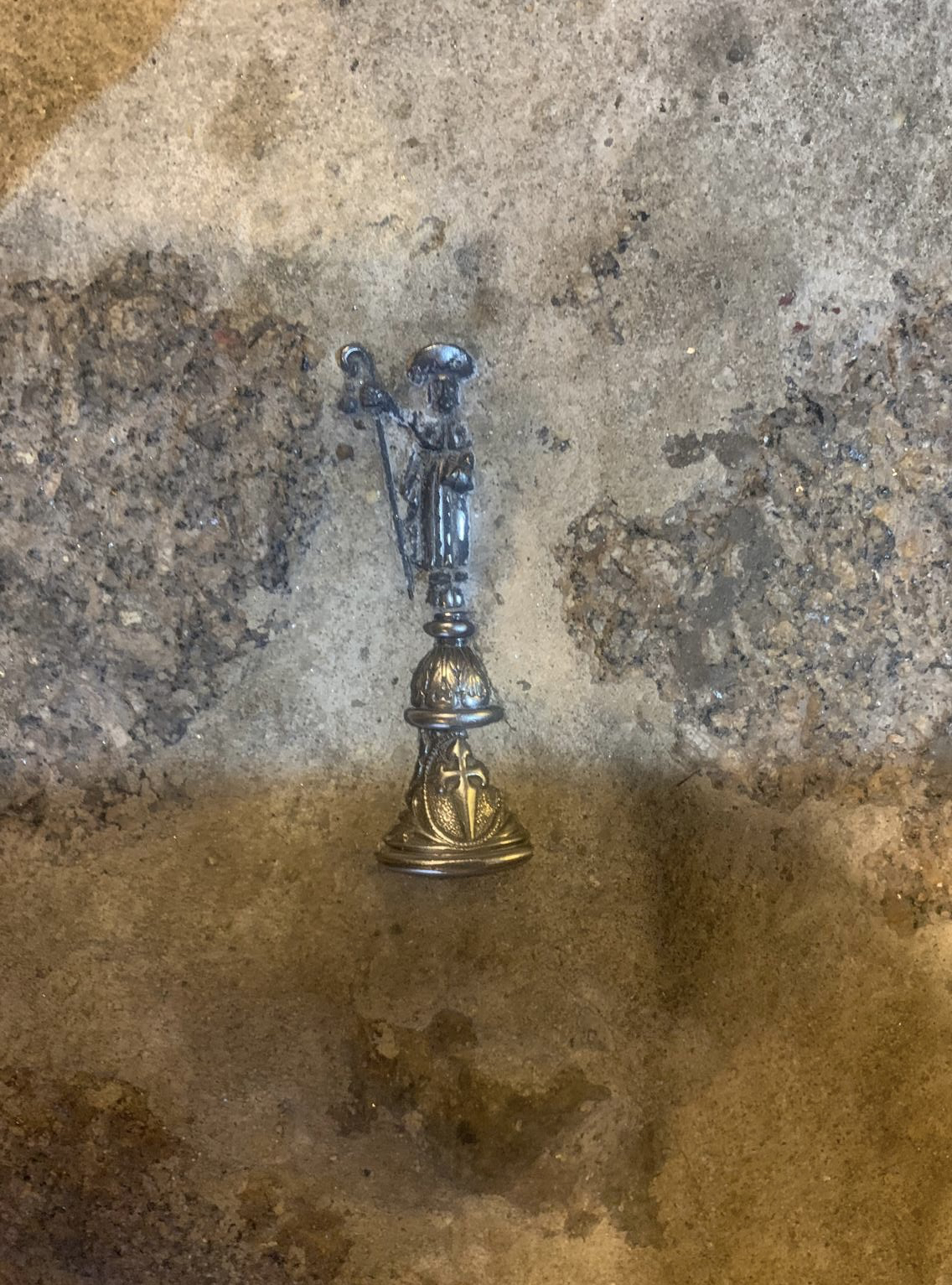
|
135847
|
Laura_Pizarro_Jacinto
|
Spain
San Martín de Trevejo
|
|
|
PALRA | Documenting Living Languages in Western Iberia
SM | San Martín de Trevejo Corpus ID : 105 -155847
|
PALRA
|
|
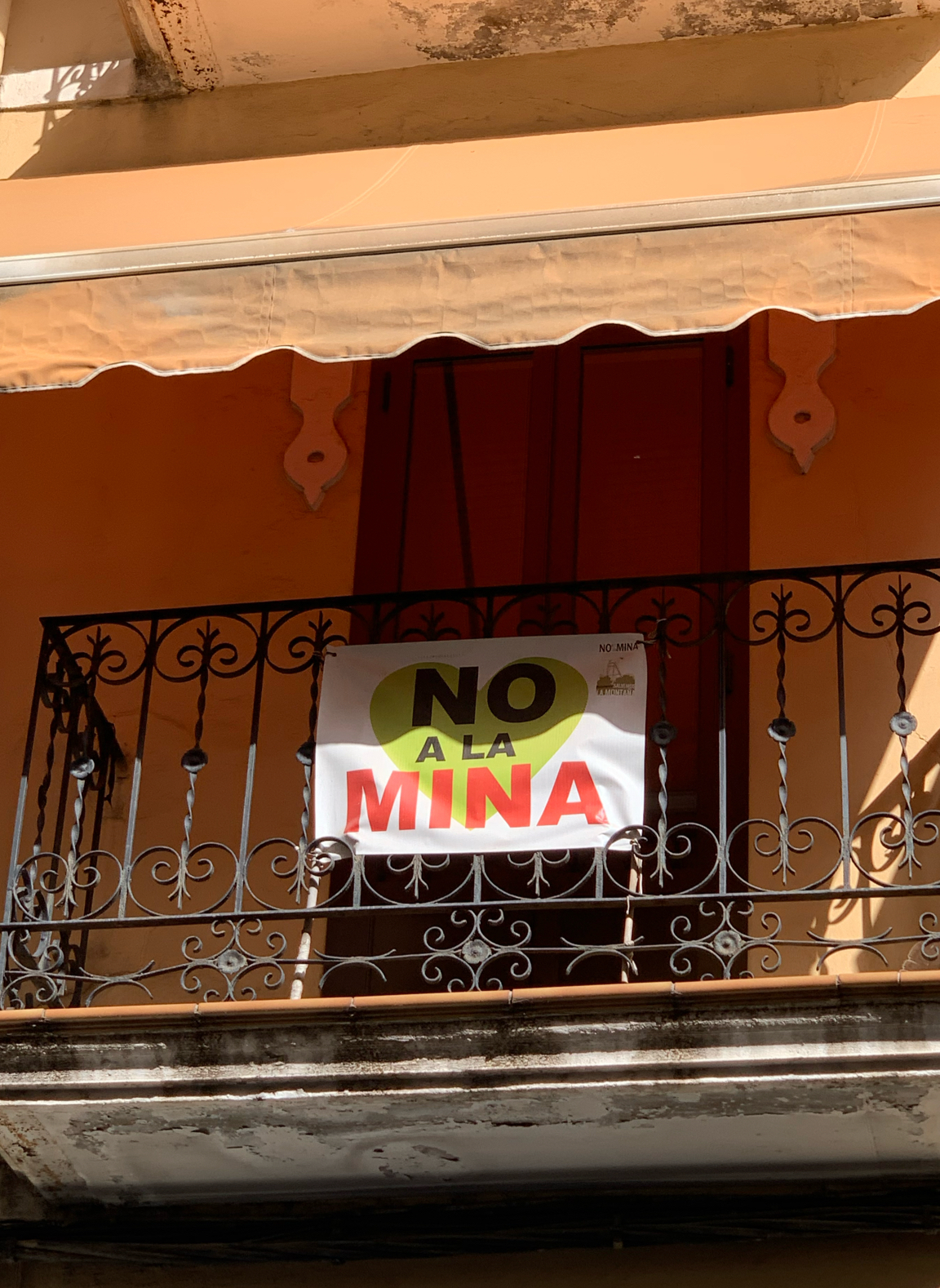
|
135848
|
Laura_Pizarro_Jacinto
|
Spain
Cáceres
|
|
|
—
|
PALRA
|
|

|
135849
|
Laura_Pizarro_Jacinto
|
Spain
Cáceres
|
|
|
—
|
PALRA
|
|
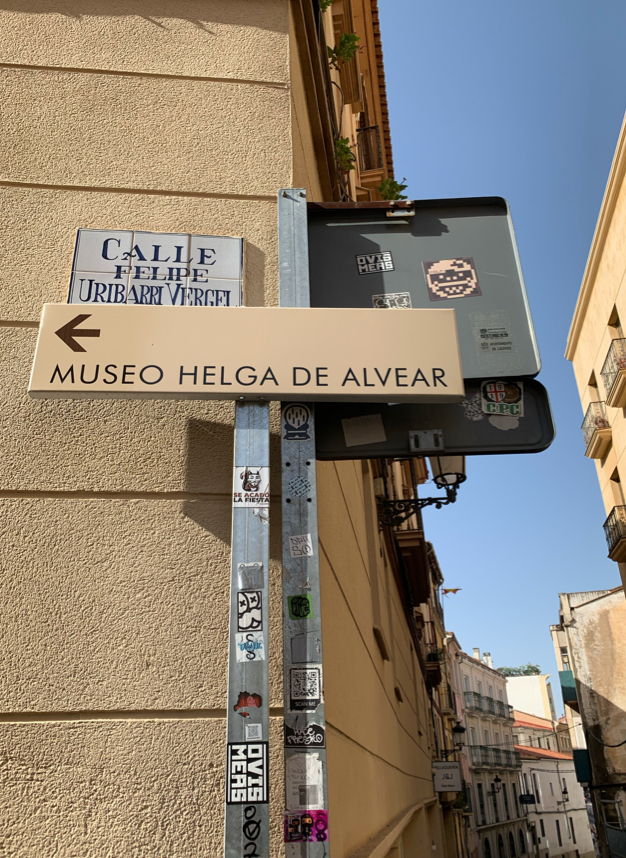
|
135850
|
Laura_Pizarro_Jacinto
|
Spain
Cáceres
|
|
|
In this picture there are two clear language elements:
Spanish
"Museo Helga de Alvear" : Helga de Alvear Museum (contemporary art museum in Cáceres).
"Calle Felipe Uribarri Vergel" : Felipe Uribarri Vergel Street.
Stickers such as "Se acabó la fiesta" : The party is over.
English (on stickers)
"SCAM ME" : scam me.
Latin (on stickers)
"OVIS MEARS" (stylized, possibly a name or tag). It looks more like hybrid language use: part Latin (Ovis) plus a proper noun or tag (Mears). Example of code-mixing: an ancient/classical language (Latin) combined with modern identifiers (name/tag).
So the main signage is in Spanish, while some stickers include English and Latin.
|
PALRA
|
|
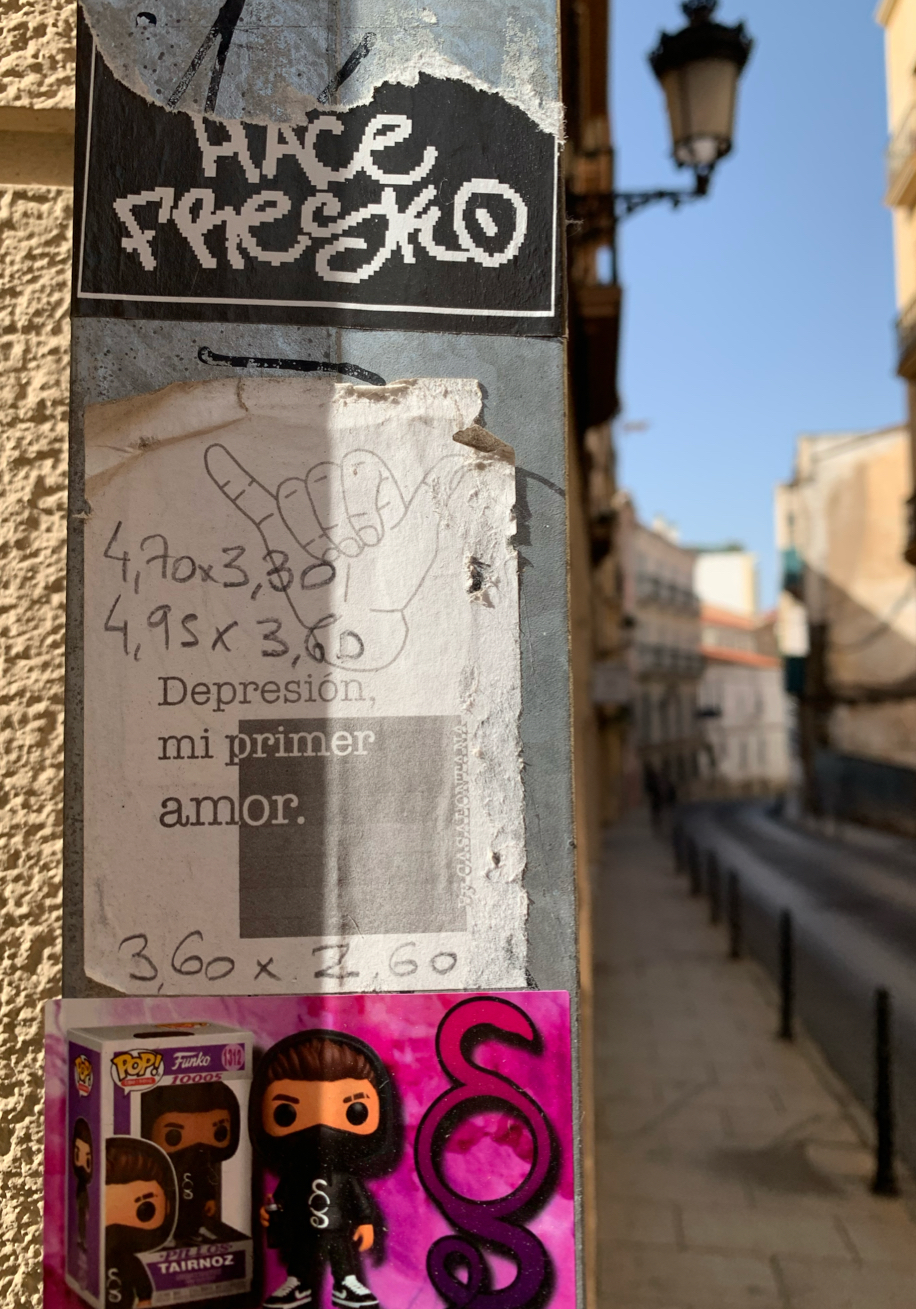
|
135851
|
Laura_Pizarro_Jacinto
|
Spain
Cáceres
|
|
|
—
|
PALRA
|
|
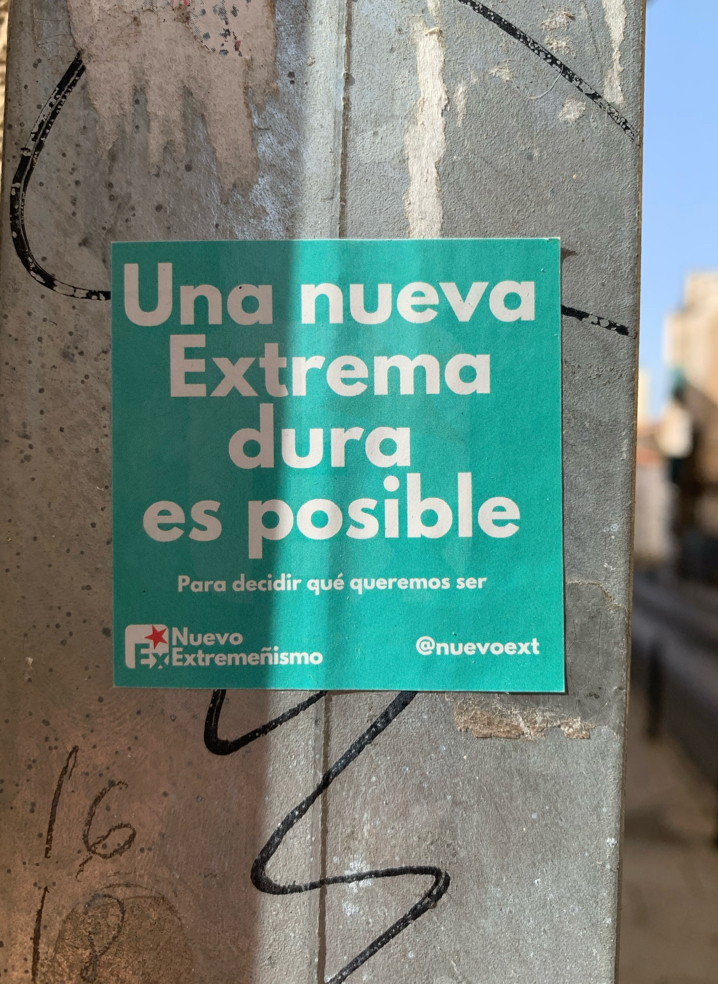
|
135852
|
Laura_Pizarro_Jacinto
|
Spain
Cáceres
|
|
|
—
|
PALRA
|
|
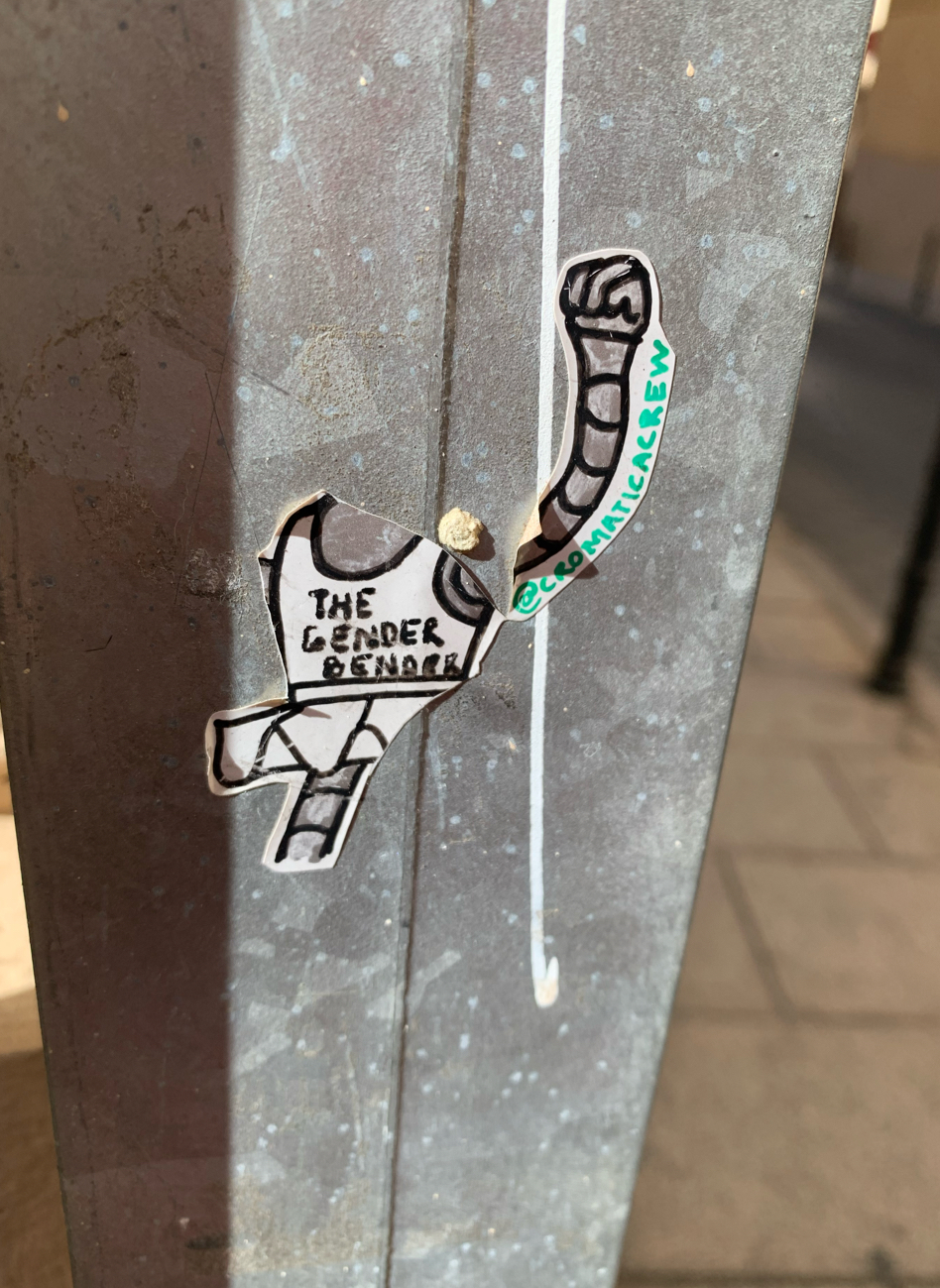
|
135853
|
Laura_Pizarro_Jacinto
|
Spain
Cáceres
|
|
|
The sticker shows two different uses of language and script:
English:
"THE GENDER BENDER" : English phrase, recognizable internationally, often tied to activism, gender identity, and LGBTQ+ contexts.
Spanish/Multilingual Tagging Context:
@cromaticacrew : not a language itself but a username/crew name. Likely Spanish in origin (“cromática” = chromatic in Spanish), but written in Latin alphabet, intended to be read universally on social media.
|
PALRA
|
|
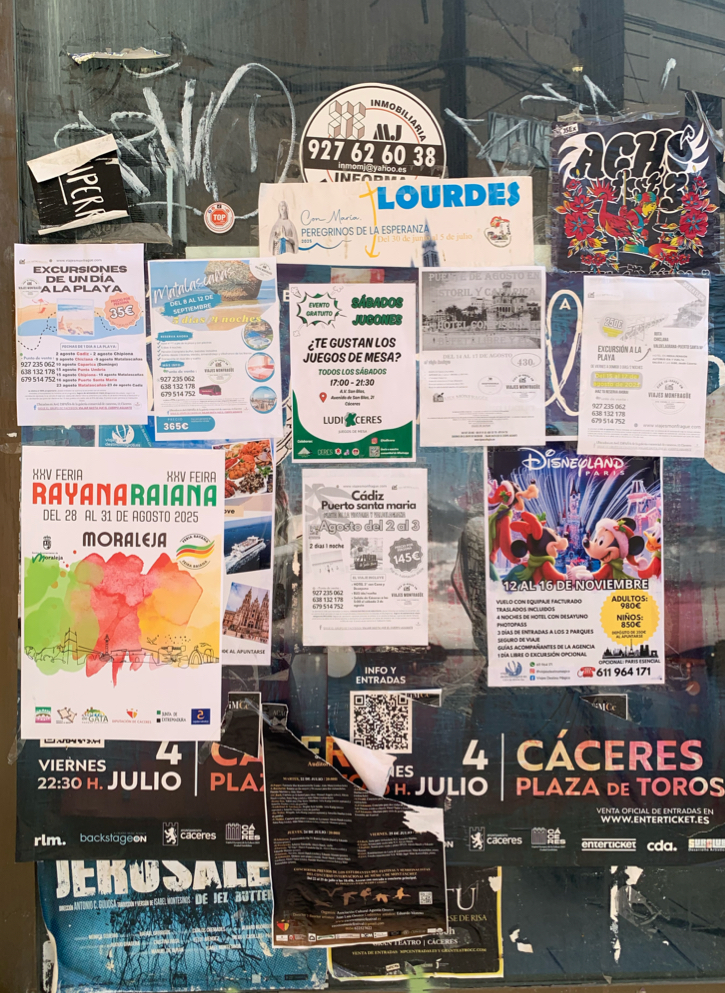
|
135854
|
Laura_Pizarro_Jacinto
|
Spain
Cáceres
|
|
|
In this photo of a notice board, we can identify several languages used across the posters and advertisements:
1. Spanish
Most of the posters are in Spanish, the dominant language in the region (Extremadura, Spain). Examples:
“EXCURSIONES DE UN DÍA A LA PLAYA”
“SÁBADOS JUGONES”
“EXCMO. AYTO. DE CÁCERES”
“DISNEYLAND PARIS” trip details (with pricing in Spanish).
2. Portuguese (Galaico-Portuguese influence)
The poster for “Feria Rayana / Feira Raiana” in Moraleja is bilingual Spanish–Portuguese.
Spanish: “FERIA RAYANA”
Portuguese: “FEIRA RAIANA”
This reflects the cross-border identity between Extremadura (Spain) and Portugal.
3. English
Present in branding and event promotions:
“Disneyland Paris” (title in English, though details are in Spanish).
“Backstage On” and “Enterticket” for ticket sales.
|
PALRA
|
|
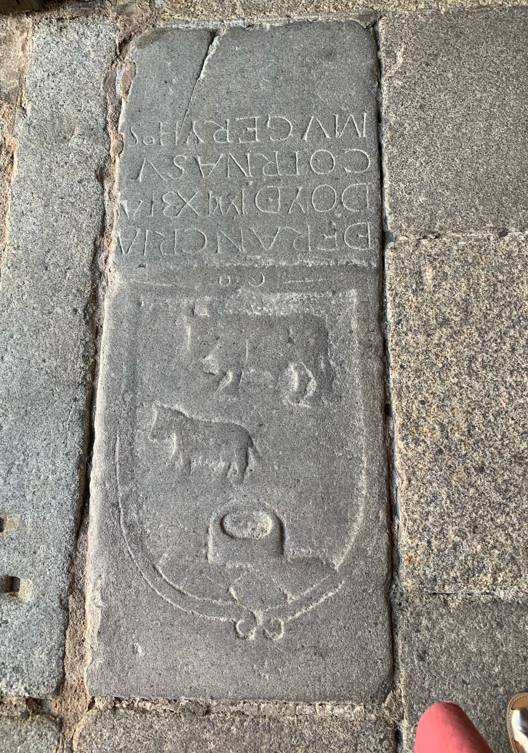
|
135855
|
Laura_Pizarro_Jacinto
|
Spain
Cáceres
|
|
|
Funerary slab inside the Iglesia de San Juan in Cáceres.
The presence of livestock on family heraldry, especially cows or oxen, is deeply meaningful in Extremadura, a region historically centered on pastoralism and the Mesta (sheep-herding guild).
|
PALRA
|
|
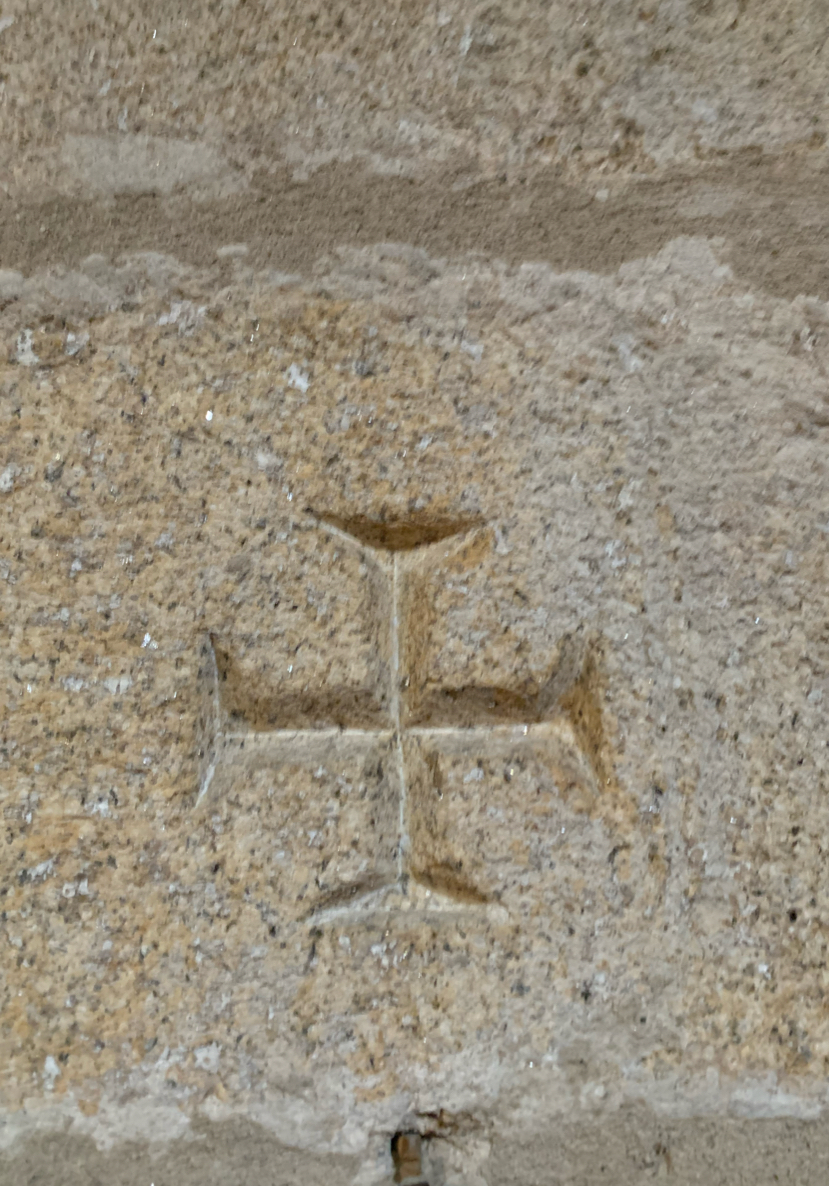
|
135856
|
Laura_Pizarro_Jacinto
|
Spain
Cáceres
|
|
|
—
|
PALRA
|
|
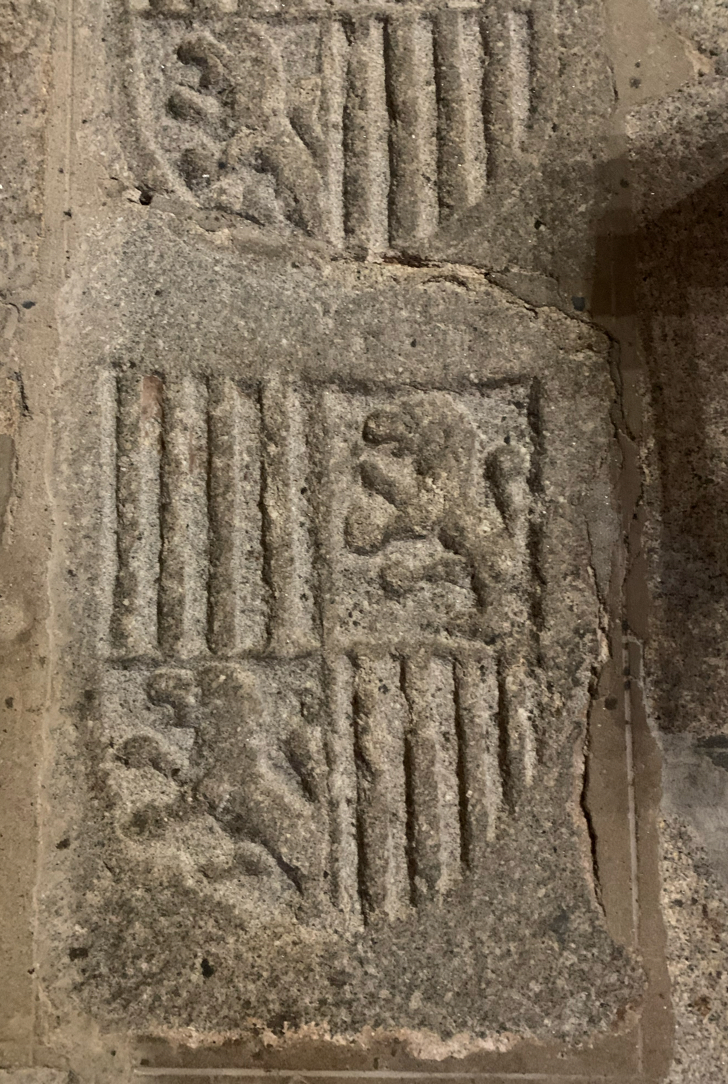
|
135857
|
Laura_Pizarro_Jacinto
|
Spain
Cáceres
|
|
|
—
|
PALRA
|
|
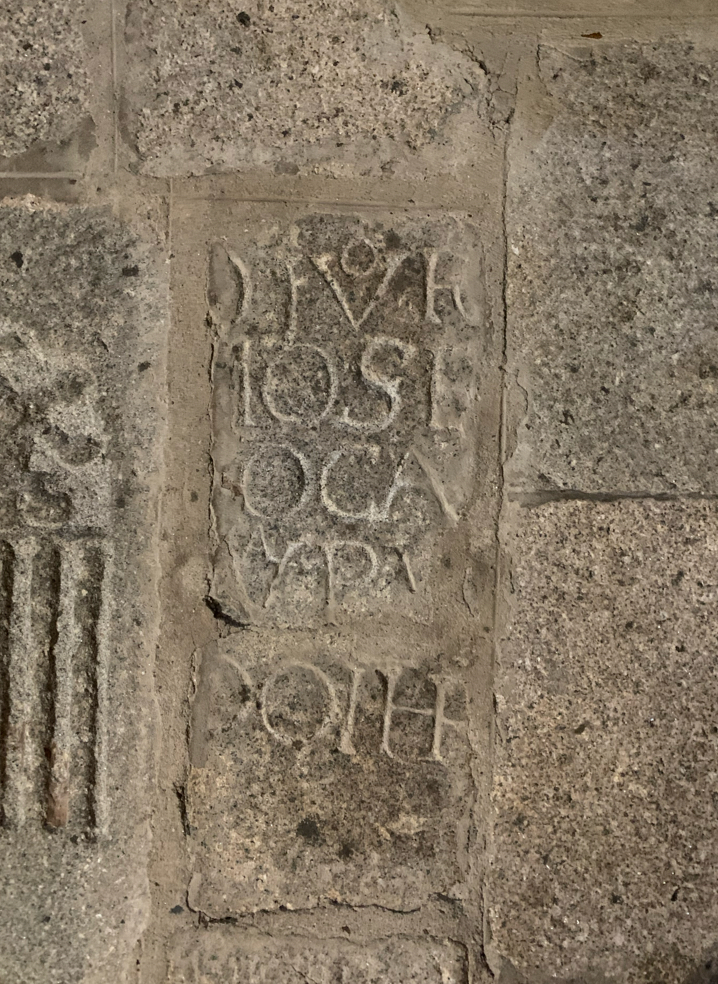
|
135858
|
Laura_Pizarro_Jacinto
|
Spain
Cáceres
|
|
|
Funerary slab inside the Iglesia de San Juan in Cáceres.
Transcription attempt (line by line):
DIVO
IOSE
OCA
VAPA
POIHI (unclear, might be PONTI or similar)
DIVO = “divine / to the holy” (Latin), very common in funerary inscriptions. It could also mean “dedicated to God / a saint”.
IOSE = most likely Joseph (José).
OCA… could be the beginning of a surname, possibly Ocampo, Ocaña, or something similar.
VAPA might be an abbreviation or badly worn word (sometimes vapa or vopa is shorthand in medieval inscriptions, but it could also be initials).
The bottom word POIHI / PONHI / PONTI is very hard to read, could be a title (like pontifex or abbreviation for p[at]ri).
This is Latin with Spanish names – typical for 16th–17th century inscriptions. The formula “DIVO + name” indicates it was a dedication or funerary honorific to a Christian person (probably José + surname starting with OCA).
|
PALRA
|
|
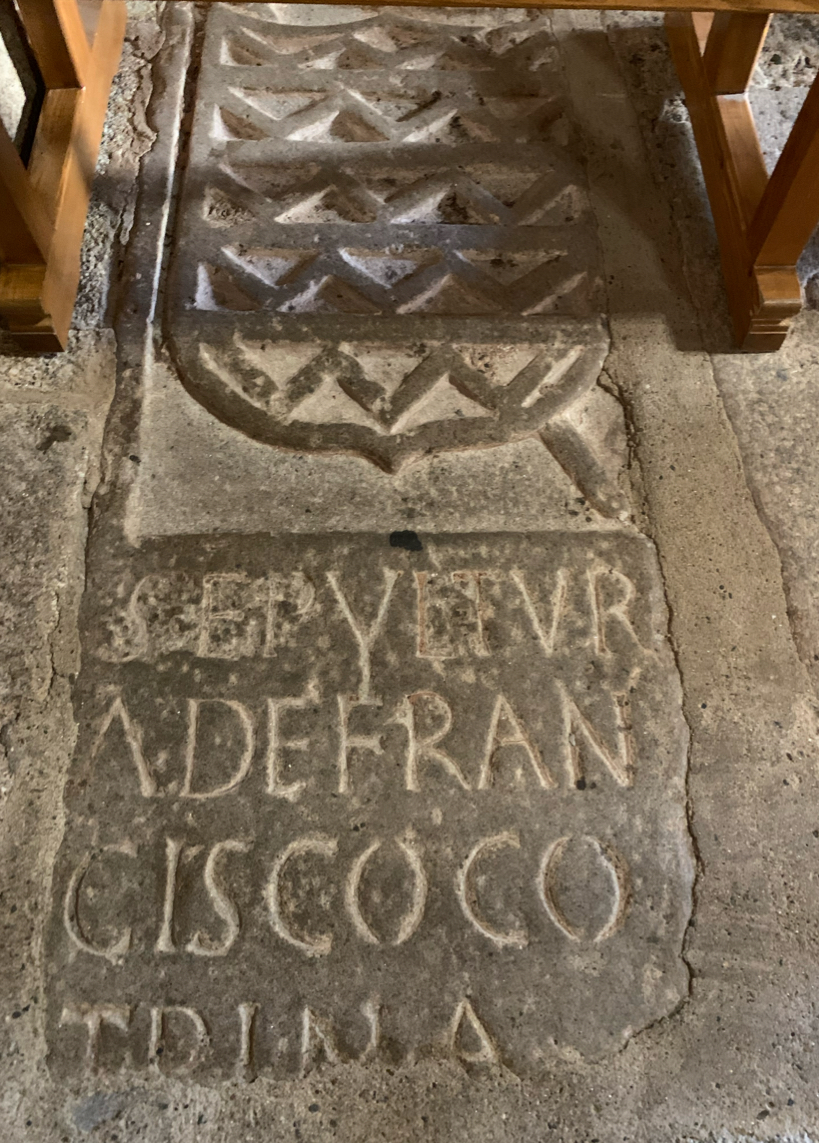
|
135859
|
Laura_Pizarro_Jacinto
|
Spain
Cáceres
|
|
|
Funerary slab inside the Iglesia de San Juan in Cáceres.
Transcription (in capitals as inscribed):
SEPULTVR A DE FRANCISCO CO…
SEPULTVR = abbreviation for SEPULTURA (“tomb” or “burial”).
A DE FRANCISCO = “of Francisco …” (the name of the person buried here).
The letters CO… suggest the beginning of his surname (e.g., Francisco Co…).
At the very bottom I can faintly see TRINA (which might be part of Trinidad or a family name).
The top part shows a carved coat of arms/shield, very typical for family tomb slabs in the late medieval and early modern period. These coats of arms marked the burial place of prominent families, clergy, or nobility.
The inscription is in Latinized Spanish funerary style. The word SEPULTURA is Latin in origin, though widely used in Spanish epigraphy. Proper names (Francisco) are in Spanish.
A hybrid between Latin formula and Spanish names, very common in Iberian tombs of the 16th–18th centuries.
|
PALRA
|
|